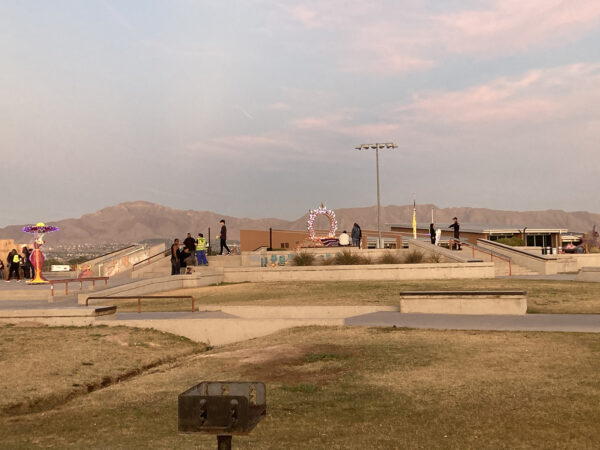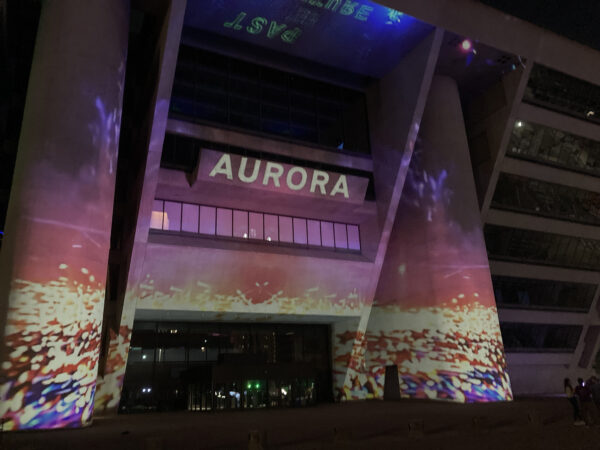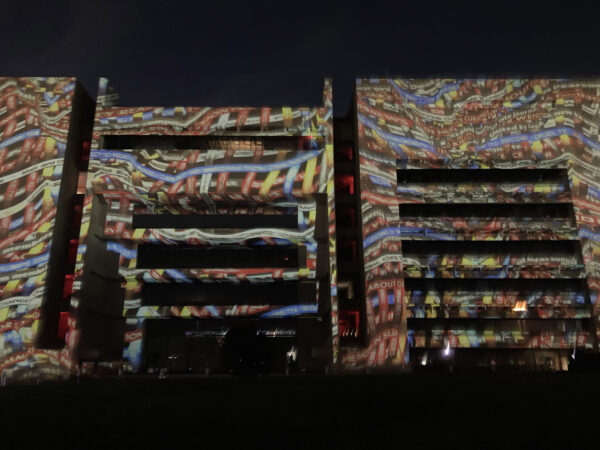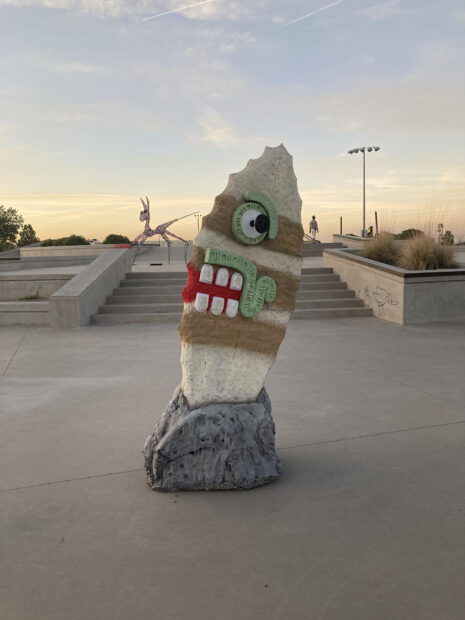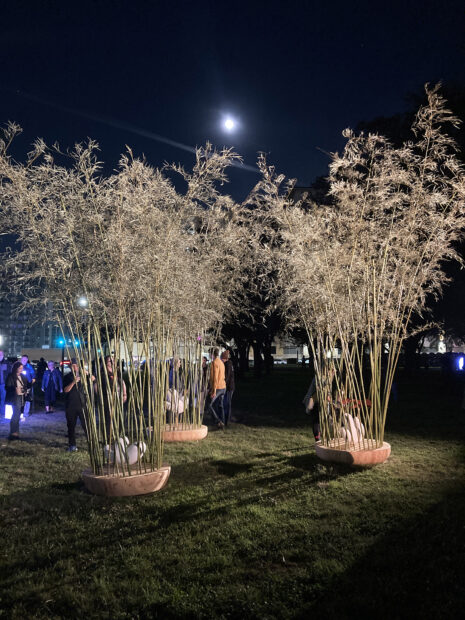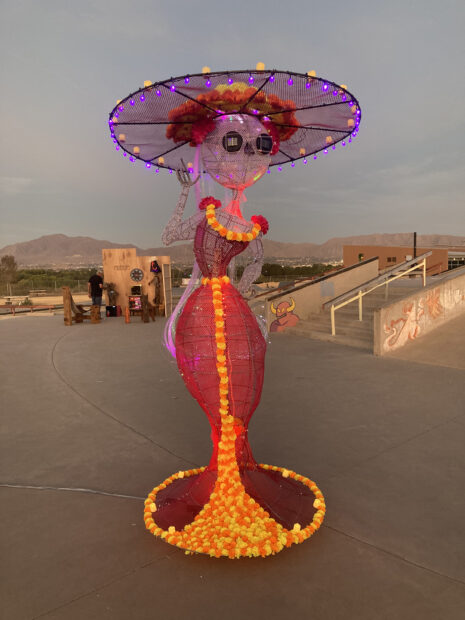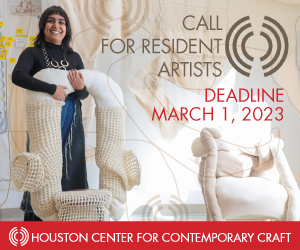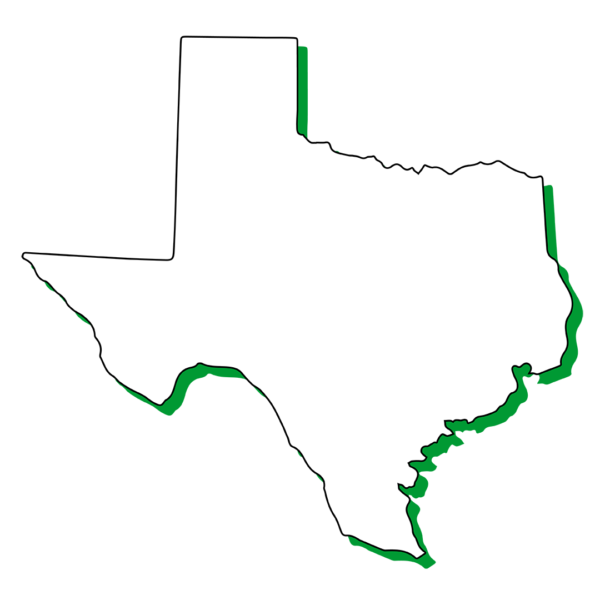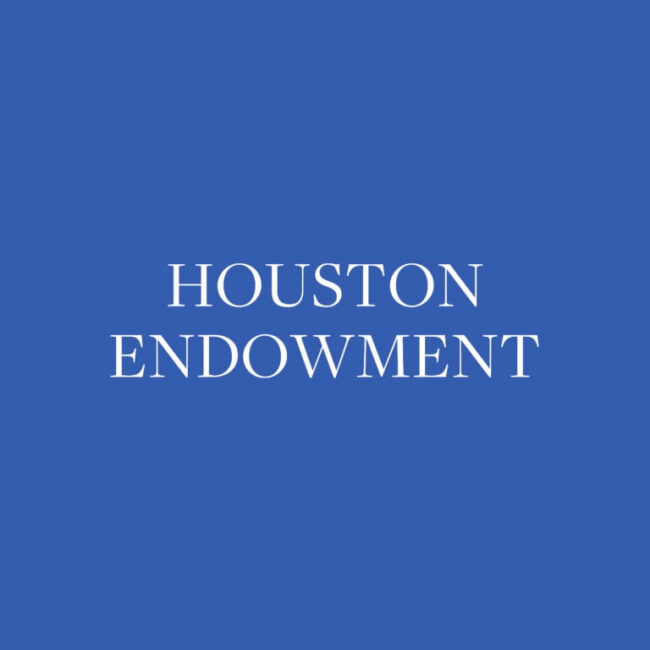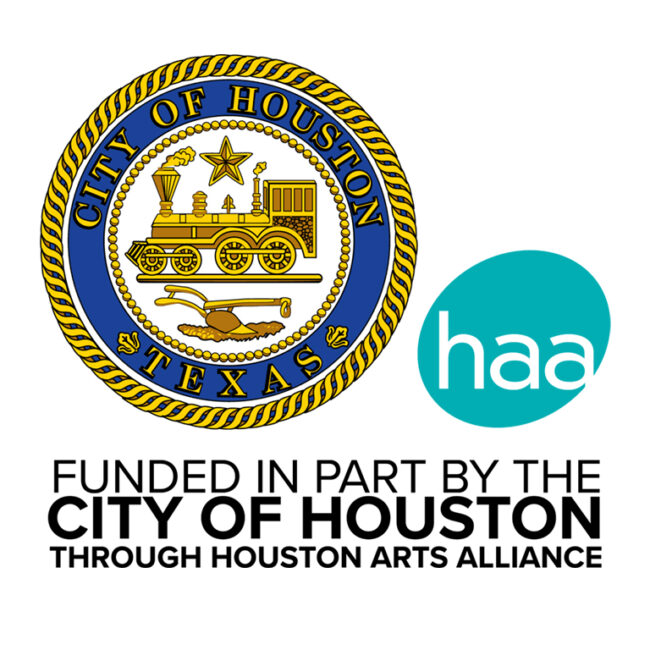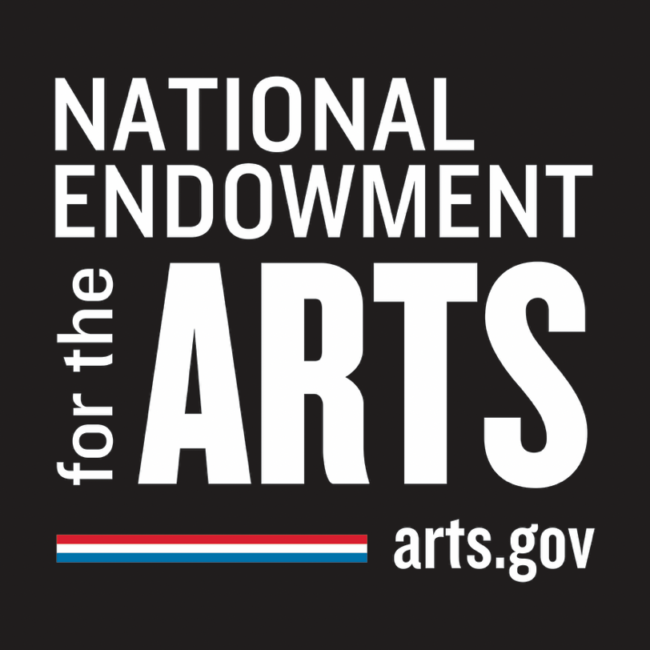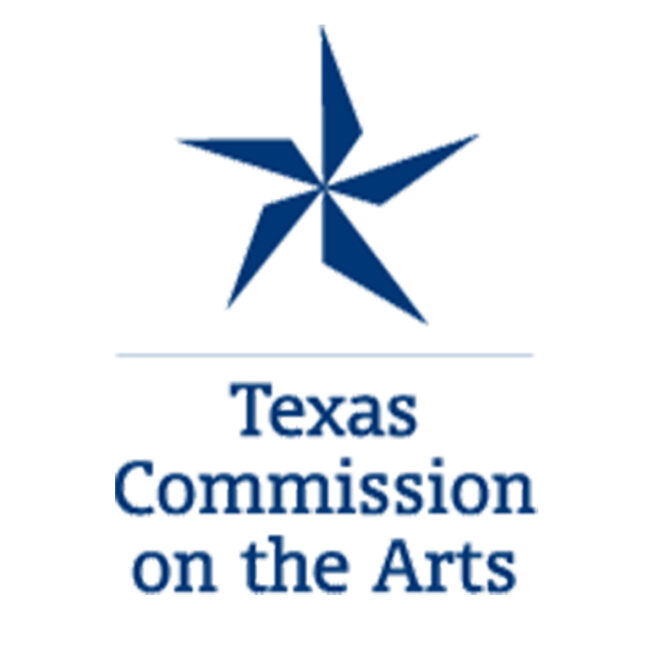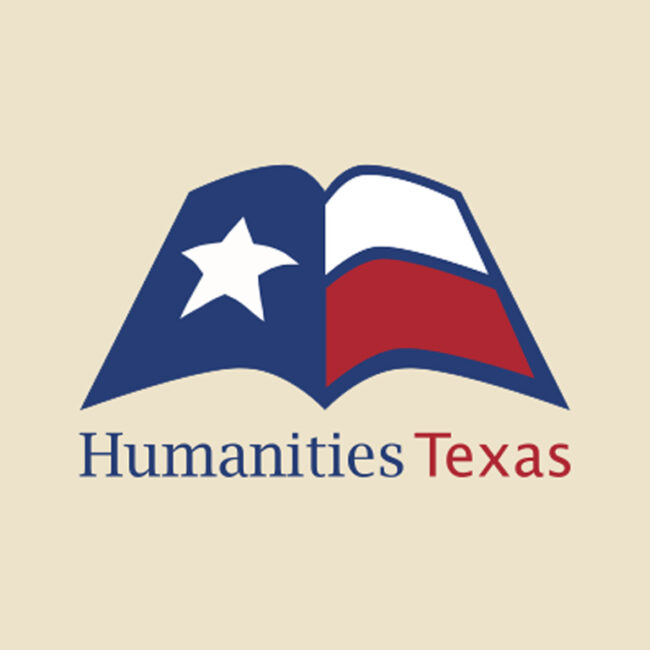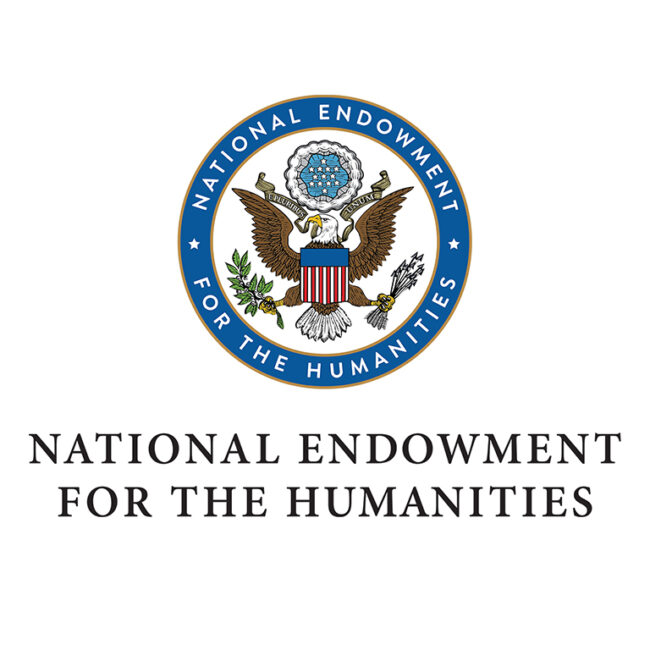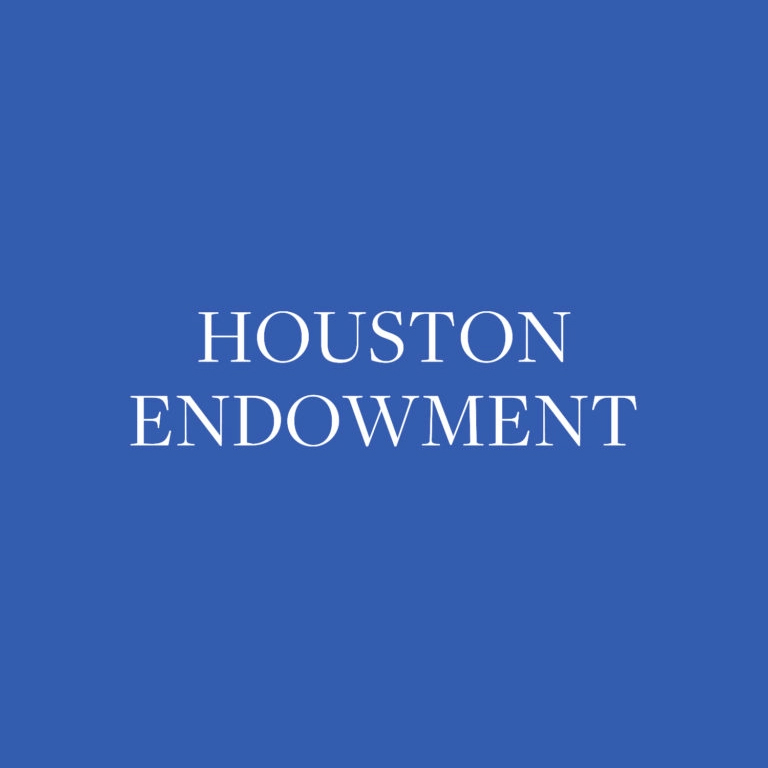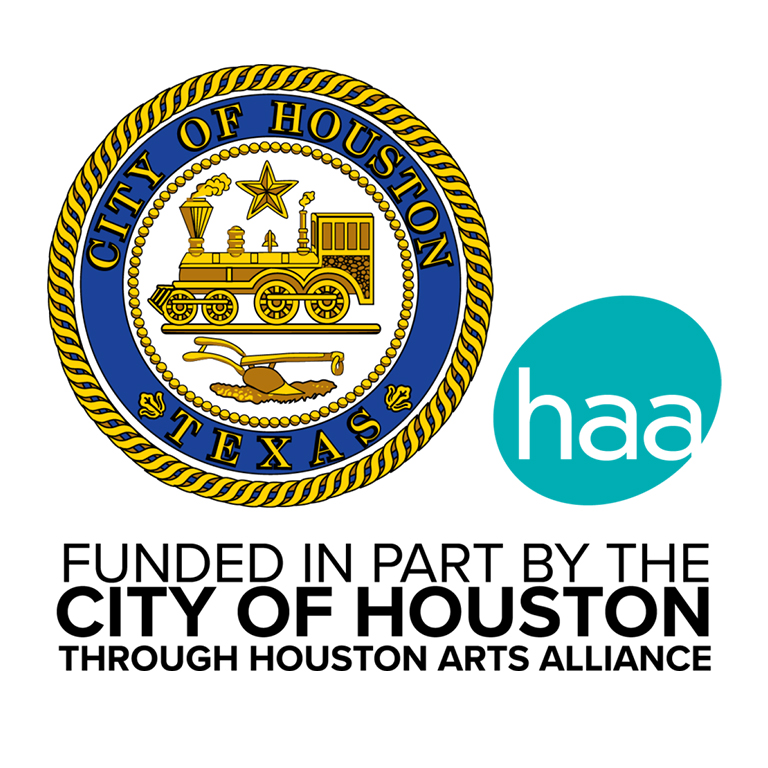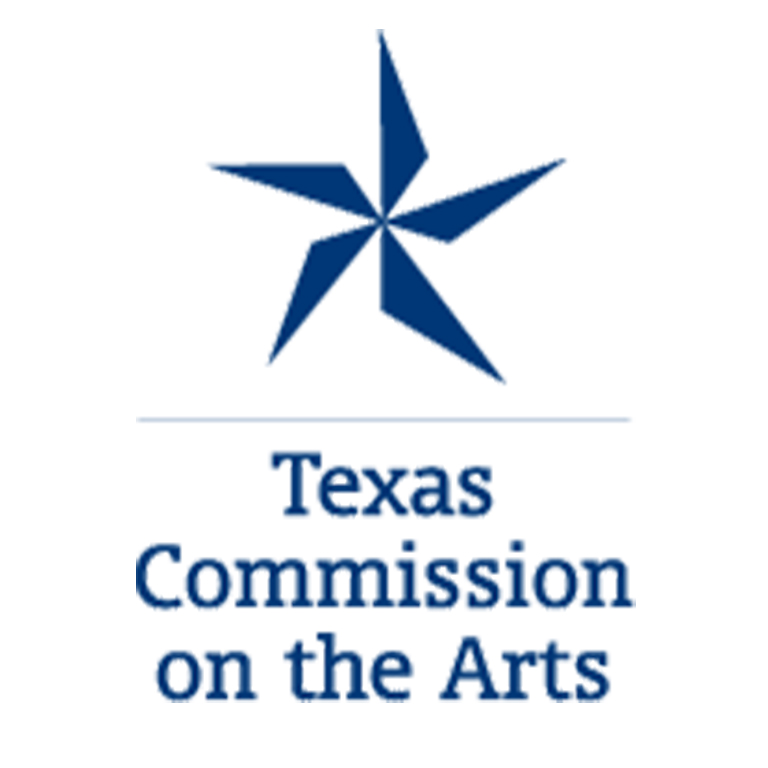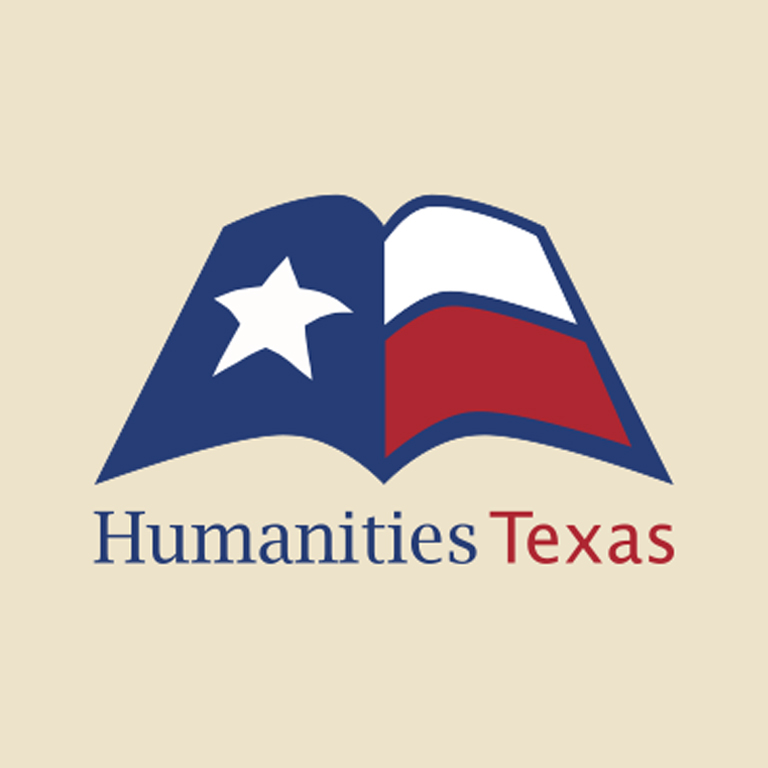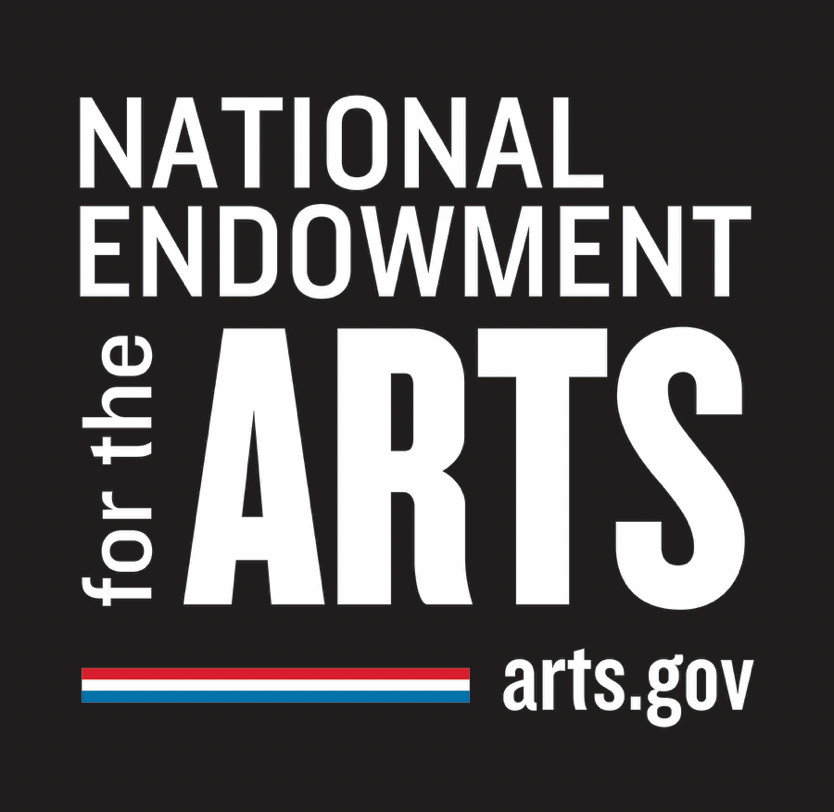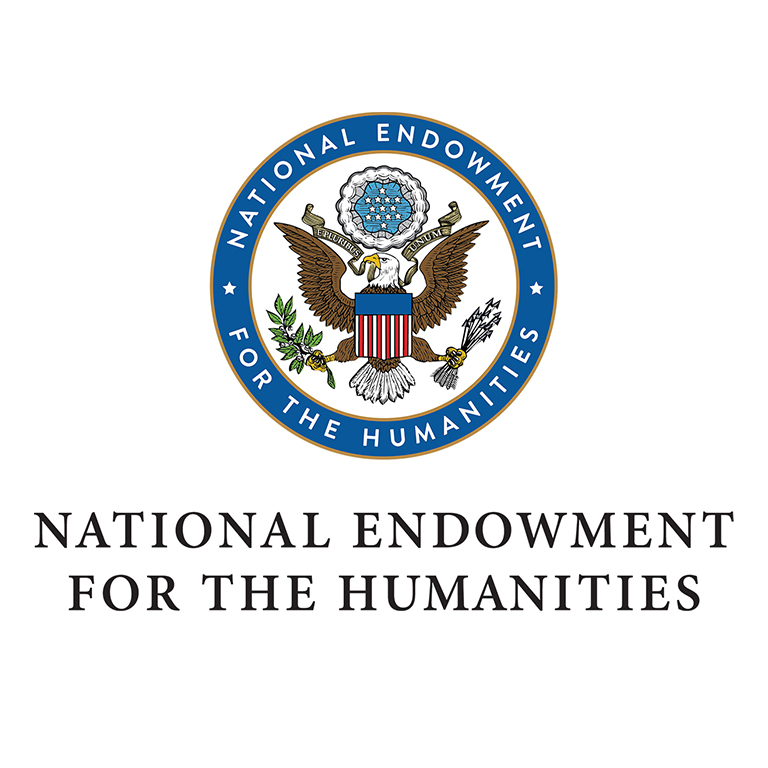This fall, the Aurora Biennial in Downtown Dallas and the Rayenari Light Festival in Sunland Park, New Mexico, offered two compelling visions of light-based public art. Aurora drew from its history as a biennial institution to present a sprawling spectacle across the urban landscape, while Rayenari, in its debut, brought a deeply personal and culturally specific celebration to a small rural community near El Paso. Both events succeeded in transforming their environments, though they varied in audience connection, spatial design, and presentation scale.
Aurora’s 2024 iteration, curated by Kendal Henry and Leslie Moody Castro, leveraged Downtown Dallas’s iconic architecture as a canvas. Major installations like Rafael Lozano-Hemmer’s Thermal Drift used the sides of Dallas City Hall to captivating effect, capturing participants’ bodies on camera and transforming them into molten, shifting patterns. This interactive work, like many of Lozano-Hemmer’s projects, touched on themes of surveillance and technology, yet its stunning visuals felt less provocative and more playful — an accessible entry point for families and young participants.
Meanwhile, Rayenari adopted a human-scaled approach. The husband-and-wife team of Angel and Bianca Cabrales curated an eclectic mix of installations, including Angel Cabrales’ larger-than-life Catrina, made of steel wire and adorned with mesh netting and solar-lit eyes. The addition of Ballet Folklorico Cuauhatli’s dancers among the ofrenda at the center of the park emphasized the region’s Día de los Muertos traditions, grounding the event in cultural specificity. While Aurora excelled in technical polish, Rayenari’s works, like Ricardo Salas Duarte’s Corazon Sagrado, engaged viewers with their emotional resonance. Inside the park’s facility, there were more sculptures on pedestals from high school students, as well as experiments in neon from some of Cabrales’s students at the University of Texas at El Paso.
The physical settings of the two festivals had a significant impact on the viewer experience. Aurora, using City Hall Plaza as its central node, offered high-tech pieces like Daniel Canogar’s Chyron, which wove text from international news broadcasts into a shifting, snaking display across the entire rear facade of City Hall. But while the building projections dazzled, the unlit stretches between artworks made navigating the sprawling festival challenging. The monumental Henry Moore sculpture in the plaza was the most visible structure, unintentionally overshadowing some of the luminous works. Previous iterations of Aurora have not always leaned as heavily on projected works, which makes concerns of light pollution less of an issue.
The Sunland Park Sports Complex provided an admittedly smaller and more easily navigable venue for Rayenari. The event also began before sunset, which allowed for some daytime viewing of works. Installations like Laura Turón’s Paradox Bus, an immersive and psychedelic mobile exhibit, felt seamlessly integrated with the venue’s layout. Rayenari’s tighter, neighborhood-oriented footprint made it feel lively and accessible, even as it served a more modest crowd.
Aurora, with its established reputation, drew an eclectic mix of attendees, from young families to couples and groups of friends. The inclusion of music — from DJs Natural Hiiigh and Blake Ward, to a marching band near Julie Libersat and Naomi Kliewer’s Safety Moves — added vibrancy to the event. Rayenari had a much more modest turnout, which was to be expected because of its location in a small town. However, Sunland Park is only a 20 minute drive from El Paso, and there is a much larger audience to draw from, if the organizers should find an interest to do so. Both events comfortably accommodated foot traffic, minimized congestion, and offered ample food options for everyone who attended.
Rayenari, in its first year, successfully created a festival by and for the community. Angel Cabrales, who grew up in Sunland Park, emphasized accessibility, and integrated student artwork alongside regional professionals. The city’s $20,000 investment in the festival, alongside additional grants, demonstrated a commitment to cultural growth. This grassroots approach resonated with attendees, fostering a sense of belonging that Aurora’s more polished format also offers on a larger scale.
There were outstanding works on view in both cases. At Aurora, Ciara Elle Bryant’s two-channel video aROUN?D layered imagery of cars drifting, chain-link fences, and rodeos, creating a dynamic palimpsest of Texan identity. Similarly, Doug Land’s The Hedlund, a kinetic wooden sculpture constructed with Japanese joinery techniques, invited reflection on familial connections. However, logistical issues, like poor lighting around non-illuminated elements of the plaza, detracted from some artworks’ impact.
Rayenari showcased ambitious installations despite its smaller budget. Cabrales’ fabrication skills were evident in his meticulously crafted Ofrenda Teoquiyaoatl. The festival also emphasized interactivity, with installations like Sweet Roberts’ Dilate encouraging tactile engagement. The festival’s blend of high-quality works and youth participation highlighted its inclusive ethos, an approach Aurora might explore to deepen its engagement with emerging artists.
These two festivals represent contrasting possibilities for public light and media art. Aurora’s urban sophistication and technical prowess underscore its role as a biennial powerhouse, though its sprawling format sometimes hindered the audience’s connection to individual works. Rayenari, with its local-first ethos and emphasis on cultural specificity, achieved an intimacy that Aurora could benefit from incorporating. Together, they illuminate the potential for public art to captivate, provoke, and unite — whether on an expansive scope or through a deeply local lens.
****
Aurora Biennial 2024 took place on November 16, 2024, at Akard Plaza in Dallas.
Rayenari Light Festival took place on November 1–2, 2024, at Sunland Park Sports Complex in Sunland Park, New Mexico.
William Sarradet is the Assistant Editor for Glasstire.

